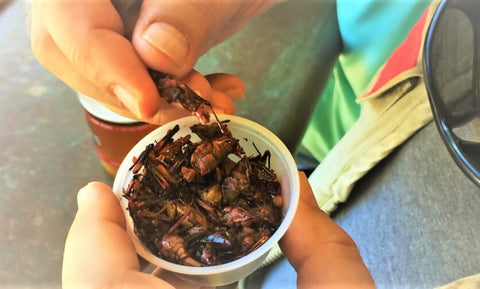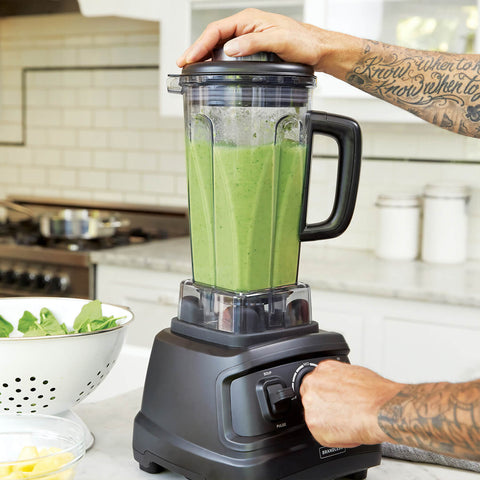Why Eat Crickets?
Why eat crickets? For one, crickets are a high-protein, low-fat food source that can supply the human body with important vitamins, minerals, and healthy macro-nutrients.
Not to mention that in many parts of the world, entomophagy (eating insects for food) is a common and vital part of a healthy diet.
When we begin to understand and accept that crickets trump beef and pork pound-for-pound for protein, contain a fraction of the fat, and far exceed a steak in calcium and iron; we begin to understand our responsibility to our family, our future generations, and our planet to expand our horizons and become part of the solution.
Amazingly sustainable to raise, and requiring a fraction of the resources (feed, water, and land) that other livestock demand...it's really like comparing the carbon footprint of a bicycle to that of a Semi-Truck.
There is a clearly intelligent and responsible choice here.
Eat Crickets Raw or Roasted?
While crickets, like many insects, can be eaten alive, they are most often cooked to create a tastier meal (like virtually all proteins). As for what crickets taste like, you can think of it as a cross between a shrimp and roasted nuts, and most who are brave enough to try them (including myself) agree that they are delicious.
How to Prepare Crickets for Eating
You can prepare and cook crickets in a variety of ways. Cooked crickets, in fact - whole or in powders - can be a tasty addition to salads, soups and stews, seasoning mixes, and even your morning smoothie! For most baking recipes, nutty dry roasted crickets can be ground and mixed with flour to replace actual nuts when baking cookies and cakes, creating a tasty and higher-protein equivalent, especially for those with common nut allergies.
The application of this alternative protein it virtually limitless.









